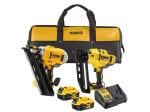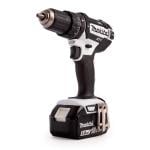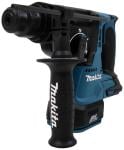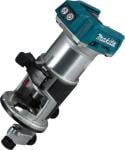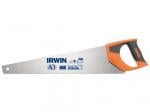Buying a Woodturning Lathe
Whether you are new to woodworking, or you’ve been at it for quite some time and fancy trying your hand at woodturning with a lathe, finding the right one to suit your style and skill level requires a little thought and consideration. Rushing in to a decision like this can be the difference between securing a quality piece of kit that suits you wonderfully, and throwing your money away. Sure, how complicated can it be? Mounting a block of wood between two centres, spinning it, and then applying a tool in order to shape the wood into your desired form…Whether it sounds simple or not, you want to get this right from the get go. Budget and frequency are up there as being the most important decisions, along with the intended size of the lathe (now might be a good time to mention the fact that small items can be turned on a large lathe, but not necessarily in reverse). As with most simple processes, there tends to be more to it than meets the eye. Thus, we are going to take you through as much information as we can so that when it comes down to it, you can make a well-informed decision and set yourself up with the perfect woodturning lathe for you.
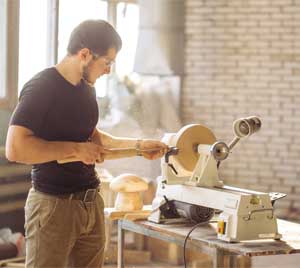
The Basic Requirements of a Woodturning Lathe?
The fundamentals for lathes of all sizes is mass, which is best provided by using cast iron, providing you with a strong and rigid foundation for turning wood.
- Your lathe may also include a cast iron stand which provides extra dampening to minimise the vibrations.
- Your stand should also have concave shaped legs so as not to impede access to the tool.
- Next, your headstock should have sealed bearings; this should be robust enough to withstand the stress that is caused by turning.
- In the same breath, the diameter of the spindle should be as large as possible.
- You can also opt for a hollow headstock, allowing you to remove a driving centre, as an example.
- You should also have enough distance between centres, and sufficient height over the bed.
- The ‘banjo’ should easily clamp onto the bed, with a tool rest strong enough to support the turning tools.
- Your tailstock should be able slide smoothly, so that it is quick enough to clamp into the desired position (both should be able to be clamped using the one hand for your convenience).
- In addition to that, the lathe bed should be generous enough to support both your headstock and the tailstock (avoid smaller bed bars).
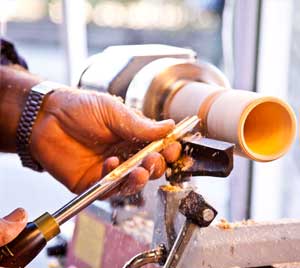
Understanding Motor and Lathe Speeds
Your lathe should have an adequately powered motor with an NVR switch. The speed of the motor is transmitted via either a pulley belt system, or an electronic variable speed (which is the recommended option), though sometimes a combination of both can work. The speed of your pulley belt should be able to be changed with the minimum amount of effort on your part. If your budget allows, an electronic variable control will provide you with a fair amount more flexibility and a far easier means of altering the speed. Again, both should be used where appropriate, particularly if you are turning a large bowl plank at a relatively low speed.
On Bowl and Spindle Turning
The main two principal methods of turning are between the centres (your headstock and tailstock), and using the headstock alone only while bowl turning. Larger and heavier lathes can sometimes provide an advantage when it comes to swivelling and sliding headstock, where it overhangs the bed so that a larger diameter blank can be mounted. In this case, the headstock must be locked in the centre of the bed to offer you sufficient stability. For smaller lathes, the bowl diameter is governed by the overall height of the headstock centre that is over the bed itself.
Regarding Health & Safety
Boring as it is, health & safety is what stands between you and your ability to hold onto your fingers. You see, whilst woodturning is incredibly popular, it is not without its dangers. Thus, it is paramount that the correct health & safety procedures are followed at all times. Having a moveable control box with an emergency stop button offers you a significant advantage, as it can be well-positioned to allow instant access should you need it. In fact, when buying a woodturning lathe, this feature should be at the top of your list of priorities. Following that, you should always wear a dust mask / respirator, including a full face shield, or suitable eye protection at the very least. In addition, you should invest in a suitable dust extraction system. Trust us, you will be glad you made this investment when there’s minimal clean-up required after us. And of course, be sure to wear a turner’s smock. This is far preferable to regular clothing, particularly if you don’t want to find random wood chippings in your underwear at the end of the day!
Conclusion
Woodturning is a wonderful hobby! One that can be rather profitable if you find your feet and enjoy producing quality and unique pieces of woodwork. Purchasing a suitable and high quality late, along with the other health and safety equipment mentioned above will enable a satisfying and comfortable experience with producing all manner of turned articles. Take your time, do your research, and make sure that you buy the right lathe for you and your skill level!


